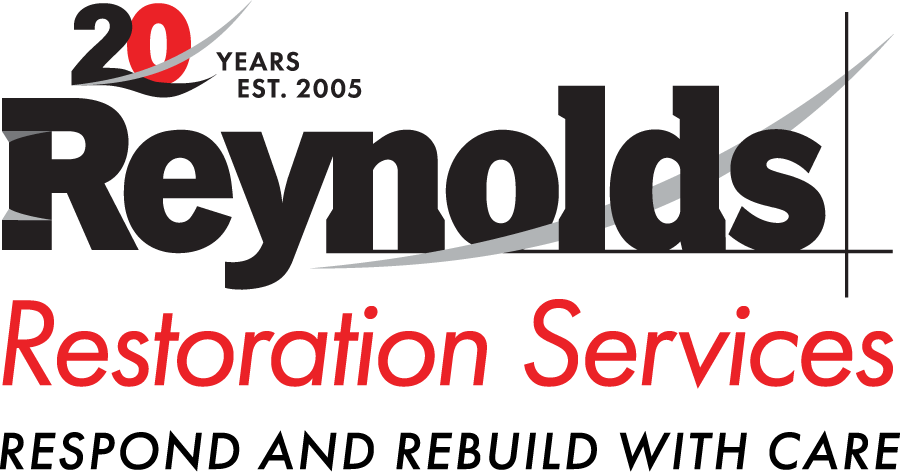
Understanding Your Sump Pump’s Role
Before we dive into the maintenance tips, let’s understand how sump pumps work. At its core, a sump pump is designed to remove water that accumulates in a sump basin, typically found in the basement of homes. When heavy rain or a melting snowstorm causes water to collect, the sump pump activates, channeling the excess water away from your home’s foundation. A functioning sump pump can prevent basement flooding, structural damage, and mold growth.
Sump pumps come in two main types—submersible and pedestal. Submersible pumps sit directly in the sump pit, while pedestal pumps have a motor mounted above the pit. Regardless of the type, the goal remains the same—keeping your basement dry and your home safe from water damage.
Early Warning Signs of Sump Pump Failure
A malfunctioning sump pump can lead to disastrous water damage. Therefore, recognizing the early signs of failure is key.
One common red flag is unusual noises. Grinding or rattling sounds indicate mechanical issues that need immediate attention. Another warning sign is frequent cycling, where the pump turns on and off too often, which can wear it out prematurely.
Water pooling around your basement is a clear indicator that the sump pump isn’t performing its duty. Additionally, if the pump vibrates excessively during operation, it could be a sign of improper installation or a damaged impeller. It’s crucial to address these issues promptly to avoid the risks of neglecting maintenance.
Step-by-Step Guide to Sump Pump Maintenance
Maintaining your sump pump doesn’t have to be daunting. Follow these steps to ensure your pump operates smoothly year-round:
- Cleaning the Pump and Pit: Begin by disconnecting the pump from the power source. Remove any debris, dirt, or sludge from the pump and the sump pit. A clean environment ensures optimal performance and prevents clogs.
- Testing the Pump: Pour a bucket of water into the sump pit to test the pump’s activation. It should turn on automatically, remove the water, and shut off without any hitches. Testing ensures that the pump is ready for action when the need arises.
- Inspecting the Battery Backup: If your pump has a battery backup, check its condition. Replace the battery every 2-3 years to ensure reliable performance during power outages. A well-functioning backup system is vital during emergencies.
Common Mistakes in Sump Pump Maintenance
While maintaining your sump pump, avoid these common pitfalls. First, never ignore unusual noises or vibrations. These are often signs of underlying issues that can escalate if left unchecked. Regularly clean the discharge line to prevent blockages that can cause water backup.
Another mistake is neglecting to test the float switch. This small component is responsible for activating the pump. If it gets stuck or damaged, the pump won’t function properly. Lastly, don’t forget to check the pump’s power source. A tripped circuit or a loose connection can render your pump useless when you need it most.
Stop Water Damage Before It Starts with Sump Pump Maintenance
Regular sump pump maintenance offers numerous advantages. First, it extends the lifespan of your pump, saving you from frequent replacements. A well-maintained pump also operates more efficiently, reducing energy consumption and lowering utility bills.
Most importantly, consistent maintenance provides peace of mind. Knowing that your sump pump is ready to tackle any water challenge allows you to focus on other aspects of homeownership. By following a sump pump maintenance checklist, you’re taking proactive steps to protect your investment.
Sump pump maintenance is a critical component of home maintenance for homeowners and property managers. By understanding how your sump pump works, recognizing early signs of failure, and following a comprehensive maintenance routine, you can prevent water damage and enjoy a dry, secure home.
Water Damage Experts at Reynolds Restoration Services
At Reynolds Restoration Services, we understand that even with a properly functioning sump pump, flooding and water damage can still occur. That’s when our expert water damage restoration services make all the difference.
For 19 years, we have been dedicated to helping home and business owners recover and restore their properties after devastating incidents like floods. Our highly trained and certified water mitigation specialists are on call 24/7, ready to respond to your emergency at a moment’s notice.
With conveniently located offices in Baltimore, Philadelphia, and Harrisburg, we ensure rapid response times to any situation. As a local, independently owned business, we pride ourselves on our ability to act swiftly without the limitations often faced by franchises. This means we can provide you with the timely, personalized service you deserve.
In your time of need, trust Reynolds Restoration Services to be there for you. Our mission is clear: to Respond and Rebuild with Care.

President of Reynolds Restoration Services. Over 20 years of experience in the emergency restoration industry.

